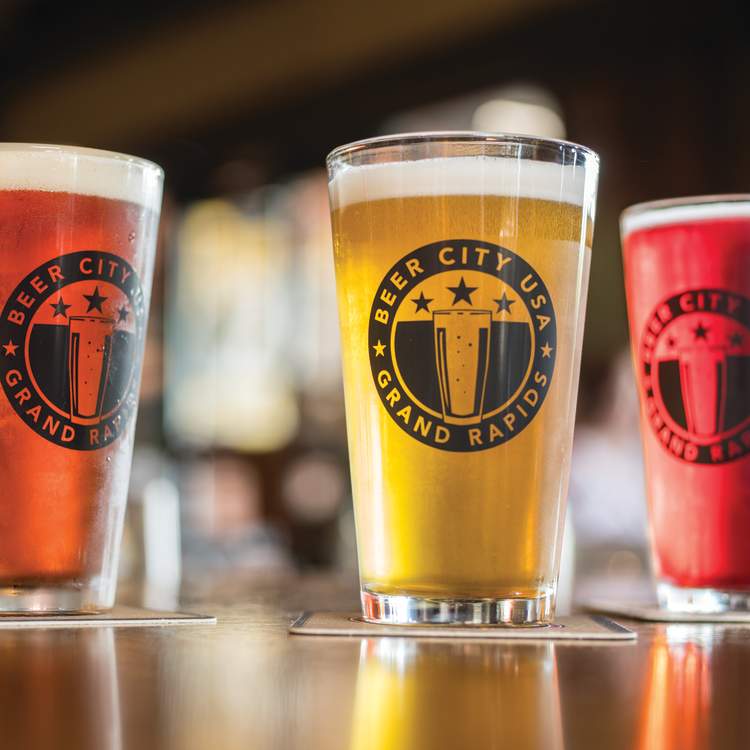Opening the Mysteries of Distillery Processes: A Detailed Review
Within the realm of distillery processes exist complexities that frequently remain veiled to the informal observer. As we venture right into the midsts of spirit aging methods and the precision of quality control steps, a tapestry of tastes and aromas arises, shaped by classic customs and cutting-edge methods.
The Art of Mashing and Fermentation
In the distillery procedure, the art of mashing and fermentation plays a vital role in transforming resources into the first stages of alcohol production. Mashing involves the procedure of damaging down the starches in grains like rye, barley, or corn, into fermentable sugars. This essential action is commonly achieved by blending the machine made grains with warm water to produce a "mash." Enzymes present in the grains help convert the starches into sugars, producing a sweet fluid understood as wort.
Yeast, a vital gamer in this stage, is added to the wort to start the fermentation process. This transformative procedure commonly takes a number of days to complete, depending on the preferred alcohol material and flavor profile.
Mashing and fermentation are intricate processes that set the foundation for the alcohol that will ultimately be distilled and matured to produce an end product with distinctive features and flavors.
Understanding the Purification Process
One of the crucial phases in the manufacturing of alcohol involves comprehending the purification procedure. Distillation is an approach used to different alcohol from the fermented liquid, typically through heating and cooling procedures. During purification, the fermented liquid is heated up in a still, causing the alcohol to vaporize at a reduced temperature than water because of its reduced boiling factor. The vapor is then collected and cooled back right into fluid kind, causing an extra concentrated alcohol web content.

Understanding the purification procedure is critical for distillers to control the high quality, strength, and taste of the alcohol being produced. By mastering the art of distillation, distilleries can develop a wide variety of spirits with unique attributes that attract different customer preferences.
Tricks of Spirit Aging Strategies
Exploring the ins and outs of spirit aging strategies introduces the hidden creativity behind the advancement of nuanced tastes and fragrances in distilled beverages. The aging procedure is a critical point in the production of spirits, where the liquid communicates with the oak barrels, soaking up compounds that improve its account gradually. One of the secrets to effective aging depends on the option of barrels. Distilleries frequently use charred oak barrels, which impart distinct tastes to the spirit through a procedure of removal and oxidation. The period of aging is one more critical aspect that distillers thoroughly control to attain the desired taste profile. Longer aging periods have a tendency to lead to smoother, extra intricate spirits, while shorter periods might emphasize vibrant, youthful attributes.
Moreover, the environmental conditions in which the barrels are saved play a considerable role in shaping the final product. Changes in temperature level and humidity can influence the rate of aging and the communications in between the spirit and timber. Master distillers masterfully browse these variables to craft spirits with distinctive characters, embodying the conclusion of classic practices and innovative strategies.
Quality Control and Screening Approaches
The careful workmanship demonstrated in regulating and choosing barrels aging durations in the spirits manufacturing procedure emphasizes the critical value of rigid quality control measures and specific testing approaches (Breweries in Galveston Texas). Quality control in distilleries entails multiple phases to make sure that each batch fulfills the desired standards. From basic material assessment to end product evaluation, each action is important in maintaining consistency and quality
One essential facet of top quality control is sensory evaluation, where skilled professionals assess the fragrance, taste, and you can look here total high quality of the useful site spirits. Chemical evaluation methods such as gas chromatography and mass spectrometry are employed to spot any contaminations or discrepancies from the desired structure. In addition, physical tests like density dimensions and pH analysis supply more understandings right into the product's qualities.
To guarantee adherence to internal criteria and regulative needs, distilleries also perform microbiological testing to inspect for any kind of microbial contamination that could influence the product's safety and security and rack life. By executing durable quality assurance and screening methods, distilleries can promote their reputation for producing costs spirits consistently.
Discovering Special Taste Infusions

In the process of flavor infusion, the selected botanicals are added to the base spirit and left to emaciate or high for a specified period. This allows the alcohol to remove the tastes and crucial oils from the botanicals, causing a harmonious mix of tastes (Galveston Liquor). Distilleries may also use strategies like vapor infusion or basket mixture during purification to impart specific tastes to the spirit
Moreover, some distilleries choose barrel aging or cask completing methods to introduce added complexity and deepness to their spirits with communications with the timber. These approaches add to the development of unique taste accounts that interest a discerning target market seeking story and unforgettable drinking experiences.
Final Thought
Recognizing the science behind these processes is necessary for generating premium spirits. By unlocking the secrets of distillation, distillers can develop one-of-a-kind and tasty home spirits that appeal to a broad array of consumers.
As we venture into the depths of spirit aging techniques and the precision of quality control procedures, a tapestry of tastes and aromas arises, formed by cutting-edge methods and classic customs. Distilleries commonly utilize charred oak barrels, which give one-of-a-kind tastes to the spirit through a procedure of extraction and oxidation.Using a diverse range of active ingredients and botanicals, distilleries can craft unique taste infusions that set their spirits apart in an affordable market. Distillery in Galveston.In the process of taste infusion, the selected botanicals are added to the base spirit and left to macerate or high for a given duration. Distilleries may also utilize methods like vapor mixture or basket mixture throughout distillation to present details tastes to the spirit